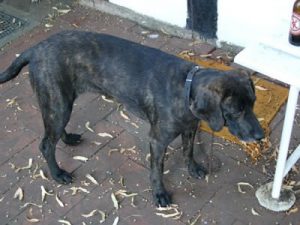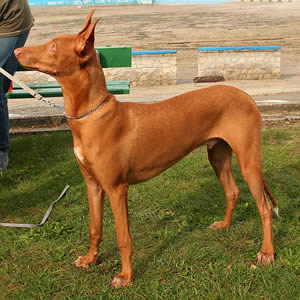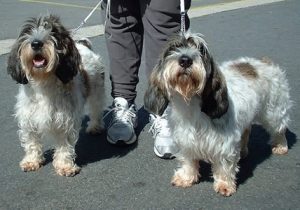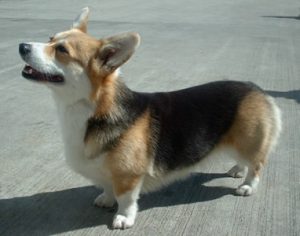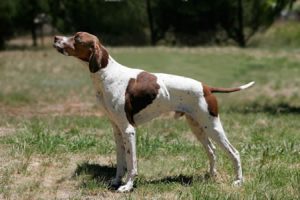
The Pointer, often called the English Pointer, is a breed of dog developed as a gun dog. It is one of several pointing breeds.
Appearance
The Pointer should be athletic and graceful. The immediate impression should be of a compact, hard-driving hunting dog, alert and “ready to let go.” The primary distinguishing features of this breed are the head, feet, and tail. Hound or terrier characteristics are undesirable for show purposes.
Grooming English Pointers is not time-consuming. Their coat is very short and needs only a quick rub with a soft brush to minimise shedding.
Coat and colour
The standard colourings of the Pointer are liver, lemon, orange or black. A good Pointer cannot be a bad colour. In the darker colours, the nose should be black or brown; in the lighter shades it may be lighter or flesh-coloured.
Size
Most country’s breed standards prefer symmetry and balance to perfect size, and most will allow an amount of variation if a dog’s size does not encumber it in the field.
However the ENGLISH KENNEL CLUB sizes are female 24-26in and males 25-27in
Temperament
Pointers are even-tempered, congenial dogs happiest living indoors as part of the family. Pointers are affectionate and loyal. Their aggression level is very low to non-existent and they can happily co-exist with other dogs and often cats. Pointers are typically not territorial, although their size and bark will intimidate most people who come to your door. Pointers are very good with children, although young children and a clumsy young Pointer are often not the best combination.
While Pointers were bred to be a hunting dog, they are perfectly content given adequate exercise in a non-hunting home. Since they are a galloping breed, regular exercise is important for them, as it is for all sporting breeds. A good sized, securely fenced yard is a must to keep a Pointer safe since they are bred to hunt a good distance from their person. They typically do best indoors when they are left for the day. Pointers are habitual “couch potatoes” who enjoy relaxing on the family’s chairs or sofas. This is a natural part of their desire to feel part of the pack.
—————————————————————————————————————–
CARING FOR YOUR DOG NEWSLETTER – Delivered Directly To Your Inbox – Starting Immediately – SIGN UP FOR FREE TODAY
—————————————————————————————————————–

